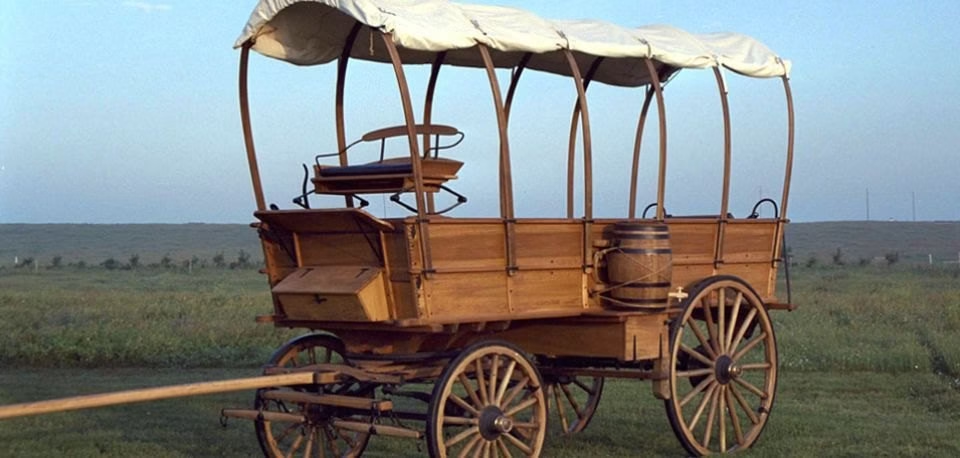Introduction
Parenting is a daily challenge. Every day is about helping children grow. Confidence and coordination are skills that shape early development. Parents want children to move safely. Parents want children to feel proud of small achievements. Wooden wagons are simple tools that help achieve both goals. They give children control. They give children purpose. They allow parents to guide without taking over. A wagon turns playtime into growth time naturally.
Why Confidence Matters in Early Childhood
Confidence forms when children succeed in small tasks. Every child wants to feel capable. Pushing a wagon allows them to see results instantly. They move objects. They see motion. They feel strength in their arms and legs. Every step they take with the wagon is proof they can do something independently.
Parents notice that children who regularly play with wagons approach other challenges differently. They try more. They explore more. They take initiative. Confidence builds gradually through repeated small successes, and a wagon provides that opportunity every day.
How Wooden Wagons Improve Coordination
Coordination develops when the body learns to work as a system. Walking, pushing, balancing, and steering a wagon all activate multiple skills simultaneously. Children coordinate arms and legs. They adjust their grip. They estimate distance. They plan direction. Each movement builds neural connections in the brain that support motor development.
Parents can encourage skill building by letting children navigate obstacles. Grass, pavement, and gentle slopes create challenges that enhance balance. Children learn to anticipate motion. They adjust speed. They learn spatial awareness. These lessons translate into other physical activities, such as running, climbing, or riding a tricycle.
The Role of Play in Emotional Growth
Confidence and coordination go hand in hand with emotional growth. Children feel proud after moving a wagon successfully. They learn patience when they try and fail. They develop resilience by repeating tasks until they succeed.
Parents can enhance emotional learning by celebrating achievements. Simple encouragement, a smile, or a high-five strengthens self-esteem. Children internalize these responses. They associate effort with positive outcomes. This creates a lasting sense of capability.
How Parents Can Guide Without Controlling
Parents want to help but not dominate playtime. Wooden wagons provide a natural balance. Children take the lead. Parents observe. Parents offer help only when needed.
Tips for guiding include:
- Asking questions like “Can you move it this way?”
- Demonstrating once and letting the child try
- Encouraging small achievements instead of pushing for perfection
This approach ensures children learn independence. It builds confidence. It improves coordination. Parents stay involved but don’t control, making play a shared experience instead of a directive task.
Incorporating Learning Into Everyday Routines
Wooden wagons are versatile. Parents can include them in daily life without extra effort.
Children can carry toys from one room to another. They can collect books. They can move laundry. Each task becomes physical practice. Parents can attach learning moments, such as naming objects or counting items as they push. These micro lessons reinforce coordination while keeping children engaged.
Parents can even link stories or songs to the activity. For instance, creating small storytelling moments during wagon play helps children anticipate movement and learn sequencing. Over time, these routines strengthen both confidence and coordination naturally.
Balancing Physical Play With Safe Entertainment
In modern parenting, screens compete for attention. Children are drawn to devices for stimulation. Parents need balance. Wooden wagons act as an offline anchor. They encourage movement, creativity, and interaction.
Parents can still introduce supervised screen time occasionally. Platforms like magis tv provide educational content, but outdoor wagon play offers sensory, physical, and emotional benefits that screens cannot. Awareness of online content, including sites such as nekopoi, helps parents maintain safe entertainment habits while reinforcing real-world skills.
Using Wagons for Group Play
When more than one child participates, wagons teach cooperation. Children take turns pushing. They negotiate space. They communicate about obstacles. These interactions teach patience and empathy.
Parents guide group activities subtly. They encourage sharing. They highlight teamwork. Children not only develop physical coordination but also social confidence. These lessons become invaluable as they grow and encounter new environments.
Outdoor Adventures With Wooden Wagons
Outdoor play multiplies the benefits of wagons. Fresh air, uneven surfaces, and open space improve balance and muscle development. Children experiment with pushing weight, adjusting grip, and maneuvering turns.
Parents can turn walks into mini adventures. Collect leaves, move small objects, or follow nature trails. These tasks combine exploration, problem solving, and physical activity. Confidence grows with each accomplishment. Coordination develops naturally through repeated practice.
Integrating Storytelling and Learning
Parents can make wagon play educational with storytelling. Each wagon trip can become an imaginary journey. Children create narratives while pushing their wagon. Parents ask questions, suggest challenges, and introduce small lessons.
Even casual mentions of simple concepts like a recipe or the word strands in a playful context teach new vocabulary. Children connect words with movement and context. This strengthens cognitive as well as physical development.
Choosing the Right Wagon for Maximum Benefit
Parents should select a wagon that is safe, sturdy, and age-appropriate. Smooth edges and strong wheels prevent accidents. Size should allow the child to push comfortably. Materials like wood provide durability and tactile satisfaction.
A well-chosen wagon lasts years. It adapts as the child grows. Early walkers gain confidence. Older toddlers practice strength and coordination. Parents get a tool that grows with their child, making the investment meaningful.
Conclusion
Wooden wagons are more than toys. They are tools for growth. They build confidence through achievement. They enhance coordination through repeated motion. They create moments for parents to guide without controlling. They transform play into learning and bonding.
Parents who use wagons consistently see children who feel capable, independent, and confident. They see children who approach physical tasks with skill and pride. Every push, every turn, every small success adds up. Wooden wagons provide a foundation for lifelong skills, while making playtime fun, safe, and meaningful.






